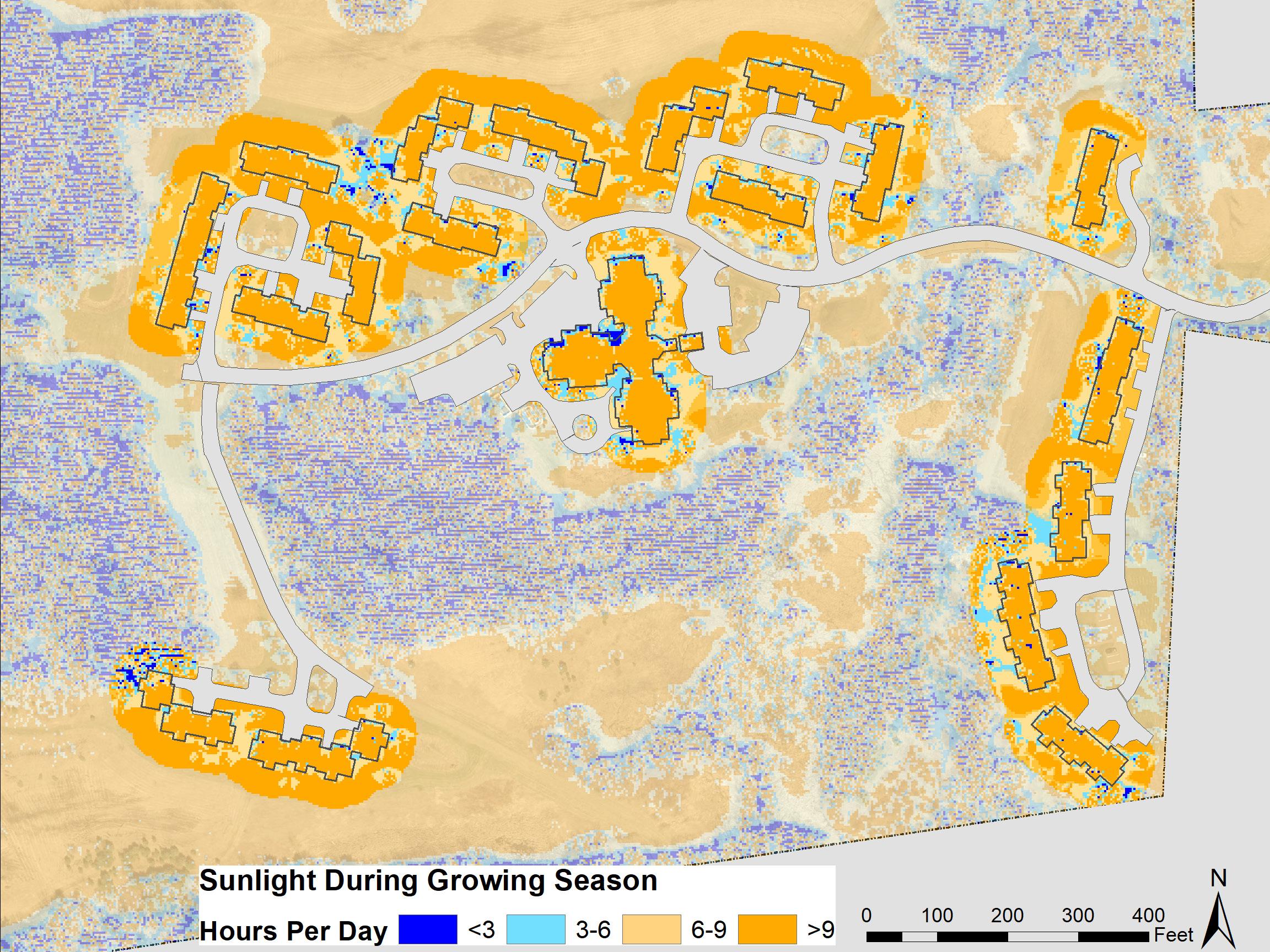River Birch, betula nigra
Tamarack, Larix laricina
Hophornbeam, Ostrya virginiana
Canopy Trees that reach over 30 feet tall and are the dominant plant species of the forest Sycamore, Platanus occidentalis
White Pine, Pinus strobus
Black Cherry, Prunus serotina
American Ash, Fraxinus americanus
Silver Maple, Acer Saccharinum
Understory Woody shrubs that grow between 5 and 20 feet beneath the forest canopy. Should tolerate partial and full shade. Witch Hazel, Hamamelis virginiana
Mountain Laurel, Kalmia latifolia
Rhododendron, Rhododendron spp.
Maple Leaf Viburnum, Viburnum acerifolium Hobblebush, Viburnum lantanoides
Groundcover Low growing species that can cover the forest floor. These species may not tolerate constant walking or mowing. Marginal Fern, Dryopteris marginalis
Mayapple, Podophyllum peltatum
Foamflower, Tiarella cordifolia
Wild Giner, Asarum canadense
Pennsylvania Sedge, Carex Pennsylvanica
Eli Bloch and Allison Mason Spring 2020
Sweet Birch, Betula lenta
Mini Forest
Red Maple, Acer rubrum
Northampton and Easthampton, Massachusetts
Trees that reach over 30 feet tall and are the dominant plant species of the forest
THE CONWAY SCHOOL
Canopy
PLANTING PALETTE
Plants for each forest layer: Species were selected for hardiness and ornamental and wildlife value. Trees that produce large masts are avoided as to not create a hazard for people using canes and walkers. Trees planted near townhomes should be shorter species as to not interfere with rooftop solar (see Planting for Energy Efficiency P.18).
Lathrop Retirement Community Landscape Master Plan
Planting Palette: Mini Forest
24
Not for construction. Part of a student project and not based on a legal survey.
















